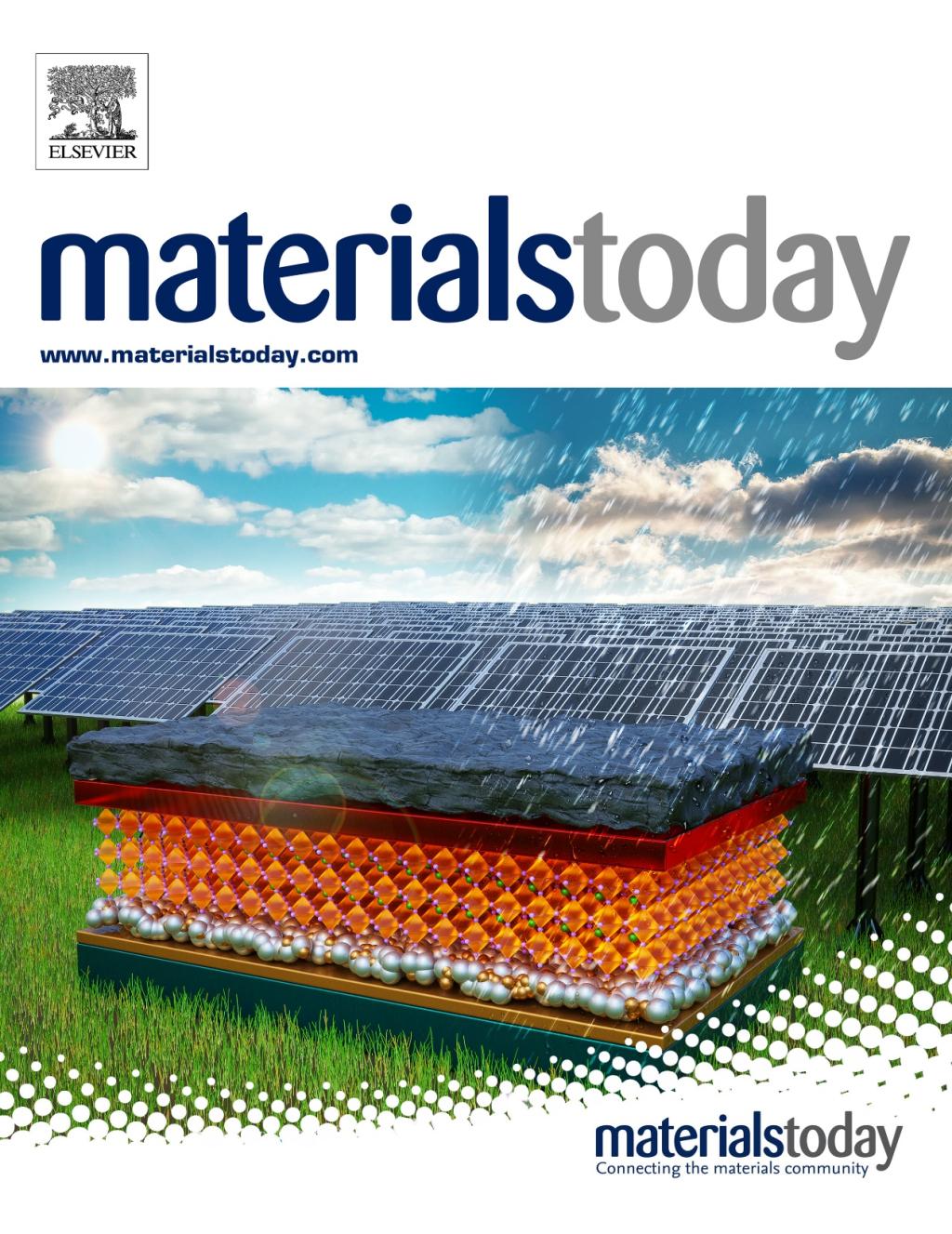Recently, Dr. Dong Chen, the backbone teacher of the Tan Furui research group of the Provincial Key Laboratory of Photovoltaic Materials of our school, systematically summarized the research progress of all-inorganic perovskite solar cells based on carbon electrodes. The related results are "Carbon-based all-inorganic perovskite solar cells: "progress, challenges and strategies toward 20% efficiency", published in the well-known and authoritative top journal "Materials Today" (impact factor 31.041) in the field of international materials science, and was selected as the inside cover article. Paper link:
https://www.sciencedirect.com/science/article/pii/S1369702121001851
Traditional organic-inorganic hybrid perovskite solar cells (PSCs) have attracted much attention due to their simple preparation process and excellent photoelectric properties. However, stability issues such as the easy volatility of organic cations, the easy hygroscopicity of additives in the organic hole transport layer, and metal electrode corrosion caused by halogen ion migration make the commercial application of PSCs face great challenges. Carbon-based all-inorganic perovskite solar cells (C-IPSCs) based on carbon electrodes and pure inorganic perovskite (CsPbX3) can effectively avoid the above problems, have obvious advantages in the long-term stability of the device, and are powerful for future commercialization competitor. Since the first report in 2016, C-IPSCs has made great progress in various aspects of research. The photoelectric conversion efficiency of C-IPSCs has increased from 6.7% to the current 14.84%, and it can operate at high temperature (80°C) and high humidity ( Stable operation for more than 2000 hours under 80% RH) environment. Based on this, this review first introduces the latest research progress of C-IPSCs, and analyzes the key issues in the field from the aspects of device structure and working principle, and then from topography engineering, interface engineering, spectrum management and material engineering four Each aspect systematically summarizes the corresponding solutions. Finally, this work also looks forward to the challenges and opportunities faced by C-IPSCs in breaking the 20% efficiency record, large-area preparation, and flexible applications.
Dr. Dong Chen has extensive research experience in carbon-based all-inorganic perovskite batteries. In this work, Dr. Dong is the first author of the paper, Henan University is the first to complete the paper, Associate Professor Tan Furui is the first corresponding author, and Professor Makhsud I. Saidaminov from the University of Victoria in Canada is the co-corresponding author. This work was supported by projects such as the Henan University Innovation and Talent Introduction Base Project, Henan Outstanding Youth Fund, and China Postdoctoral Science Foundation.
